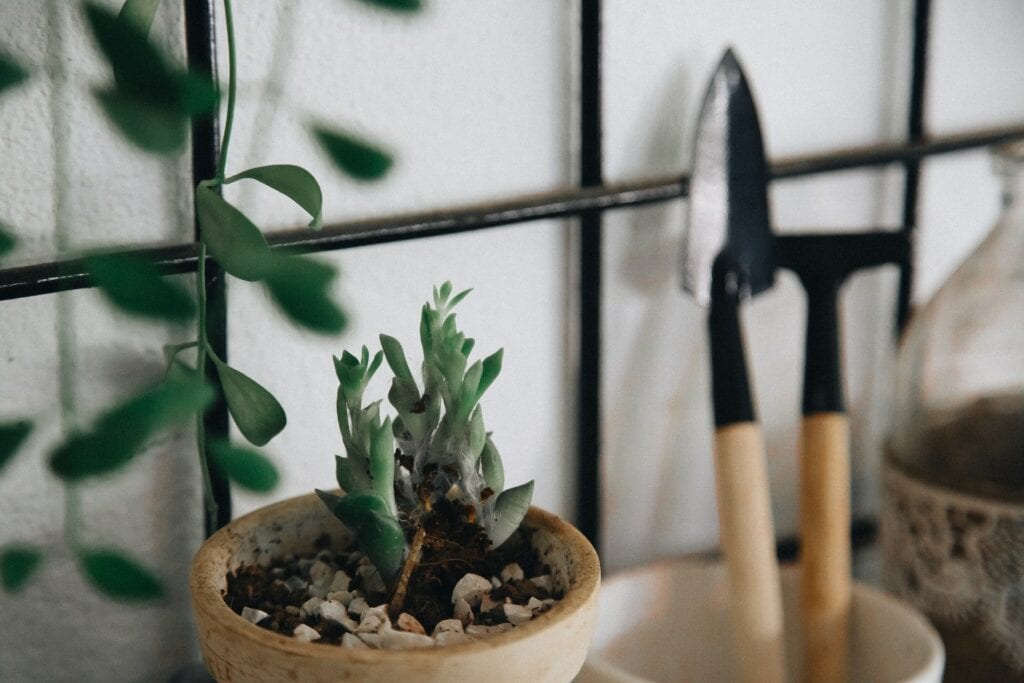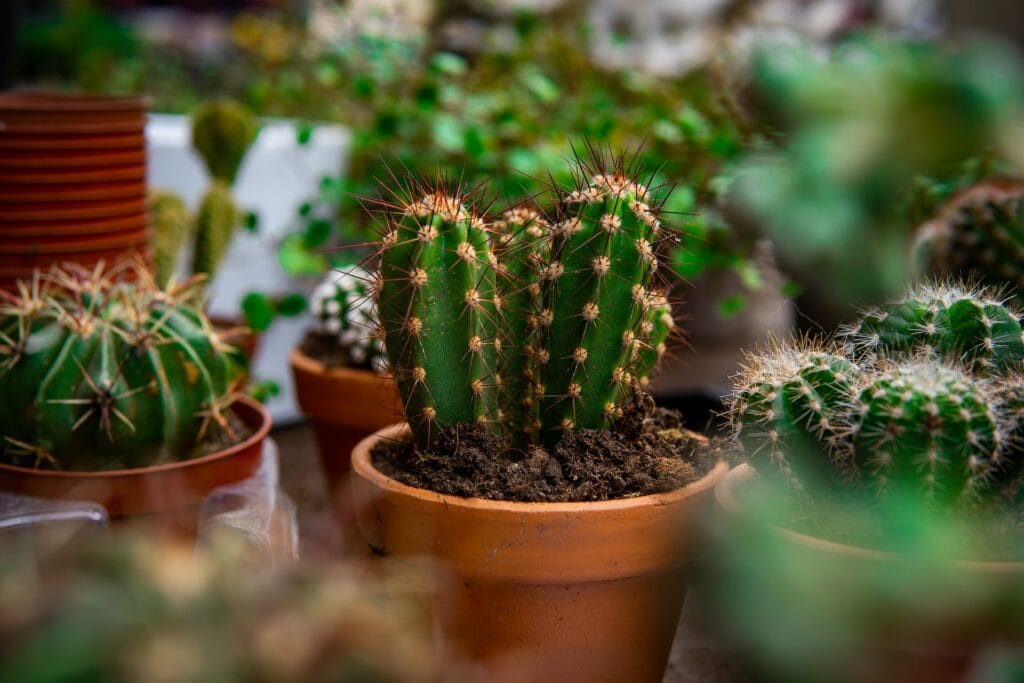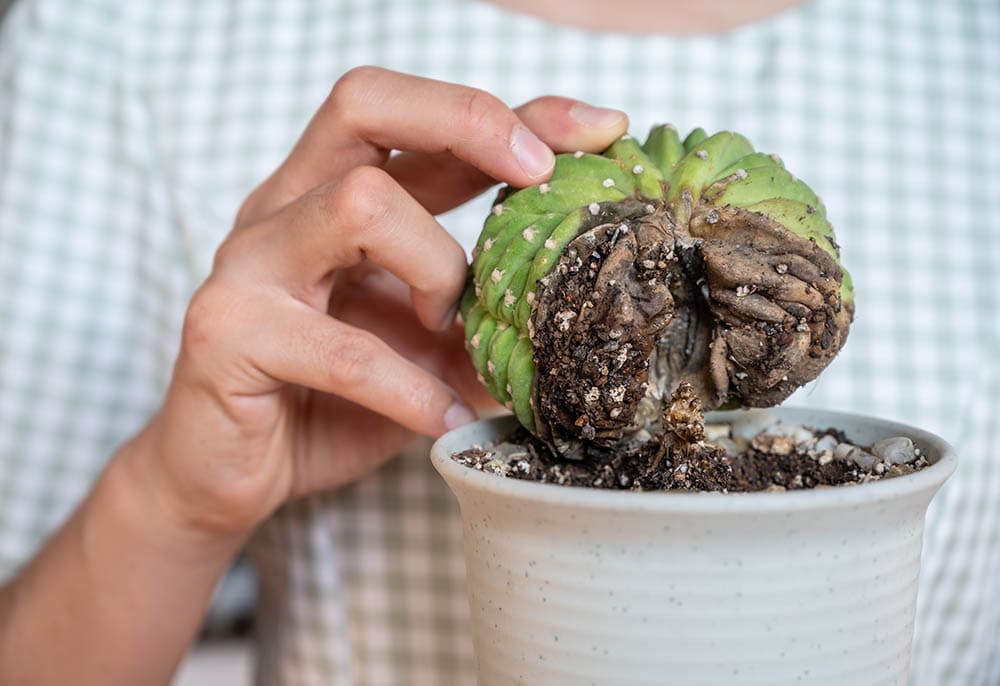Is Cactus a Vegetable? Facts, Preparation, & Benefits
-
Pete Ortiz
- Last updated:

Cacti have been eaten in Latin America for centuries and are now a large part of the diet in the Southwest, Texas, and Mexico but is cactus a vegetable?
The answer is yes. But the cactus is also a fruit.
But before you take a bite off any cactus plant, you should know that while most cacti are not poisonous, some taste rather terrible. Also, not all parts of the cactus are edible. Only two parts of a cactus plant are typically eaten: the flat cactus pad and the cactus fruit (prickly pear).
If you reside in the Southwest (or possibly other regions of the United States), you may have seen something called “nopales” in the produce section. Nopales are the prickly pear cactus pads and are the part of a cactus primarily considered a vegetable.
What Are the Benefits of Eating Cactus?
Many people have come to appreciate the cactus’s nutritional and medicinal value. Here are some of the health benefits of this vegetable.

Manages Cholesterol
Cactus pads have high fiber content, which lowers blood cholesterol levels. Studies have found that consuming Cacti reduces the chances of fat accumulation, high blood pressure, and cholesterol accumulation.
Prevents Chronic Inflammation
Chronic inflammation results from the body’s inability to control its immune response. Starting as a normal response cycle to threats, such as injuries, infections or toxins, things get out of hand as the body is unable to flick the off switch when the threat is no longer there.
Numerous studies have revealed that ingestion of nopales can inhibit white blood cell migration, which is the catalyst in the development of inflammatory disease.

Improved Digestion and Metabolism
Nopal leaves contain a wide range of vitamins and acids essential for optimum metabolic and Enzymic function. These include the B-complex group of vitamins such as vitamin B-6 (pyridoxine), and vitamin B-6 (pyridoxine), thiamin, niacin, and riboflavin. Cacti also add a lot of fiber to your diet easing the movement of digested material through the bowels.
Decreases Blood Sugar Levels
Several studies have examined the effect of nopal cactus on blood glucose values. One conducted in 1995 and further published in the Journal of Ethnopharmacology showed a significant decrease in blood sugar levels after consumption of the cactus. Another study in California revealed that supplementing nopal with a high-carb meal among patients with Type 2 diabetes significantly impacted the glucose levels almost immediately after dinner.
A more recent study provides further evidence that fresh nopales can lead to lowered blood sugar in people suffering from diabetes.

Helps Prevent Cancer and Heart Conditions
Phenolics and flavonoids are compounds with antioxidant properties found in the leaves of cacti. These antioxidants can help protect your body’s cells from free radicals commonly associated with cancer and cardiovascular diseases. Studies have shown that cactus phytochemical compounds slow the growth of malignant cells in parts such as the breast, colon, prostate, and liver, preventing the respective cancers.
It Helps to Reduce Weight
Cactus is a low-calorie food rich in amino acids, vitamins, and minerals that can help your body lose extra weight. This vegetable provides a good amount of energy without the extra calorie cost. For example, you get sixteen calories per 100-gram intake.

It Prevents Damage to Brain Cells
The stem and fruits of many edible cacti have a rare compound, a 3-methyl flavonoid, a powerful neuro-protector. The neuro protector safeguards the neuron cells in the brain and nervous system, keeping you sharper.
How to Prepare Your Cactus for Cooking
Cactus isn’t a ready-to-cook vegetable, although you can buy readily diced pads at the store. Luckily preparation is easy and doesn’t require an experienced hand.
- Hold the pad/leaf at the base and, using a knife, scrape off all the spines if there are any.
- Soak and wash with cold water. Dry with a smooth and soft cloth.
- Using either a vegetable peeler or blunt knife, remove the excess skin at the nodules.
- Cut the pad into smaller sections or cubes if preferred.
Fresh nopales taste like asparagus and French beans, with a classic green vegetable chewy texture. You can boil, steam, or deep fry to ready the leaf in use for your cuisine.
Final Thoughts
Desert sand, tumbleweeds, and prickly needles may come to mind when you hear about cactus. This isn’t the image that many vegetables create. But yes, the cactus is a vegetable and a fruit. Eating cactus might not sound very appetizing but it presents many health benefits.
- You might also like: What is the State flower of Tennessee? How it was Decided
Featured Image Credit: Ngoc Lan, Unsplash
Contents


